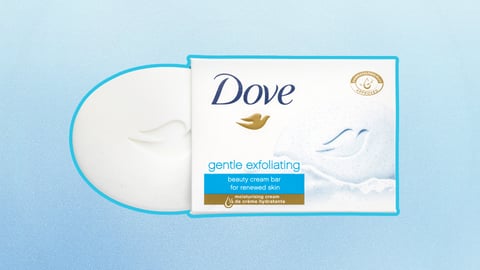Supply Chain Modernization Will Be a Key Part of Kimberly-Clark’s Restructure
The Kimberly-Clark Corporation is restructuring its operations, reorganizing into three main business areas and shoring up its supply chain to support efforts and cut costs.
The company’s three business segments will include North America, International Personal Care, and International Family Care and Professional. Mike Hsu, CEO, said the the changes will allow Kimberly-Clark to have a more agile and focused operating structure that will accelerate proprietary innovation and improve its growth trajectory and profitability.
The North America segment, which generates an estimated $11 billion in annual sales, will include 11 powerhouse brands across consumer and professional categories, while International Personal Care ($6 billion in annual sales) has three key areas of focus — baby and child care, feminine care, and adult care — within five core markets. International Family Care and Professional ($3.5 billion in annual sales) ties together the international professional and tissue categories to focus on growing six key brands.
Supply Chain: Science and Innovation as the Backbone
Kimberly-Clark includes accelerated innovation as a core tenet of its operational shift. To achieve this, the company plans to invest in analytics and technology that will fuel a supply chain modernization expected to generate more than $3 billion in gross productivity and $500 million in capital savings.
With data analytics better integrated into its supply chain strategy, Kimberly-Clark said it expects greater visibility, and a faster, more adaptable process. Additionally, the company will be embedding more sustainability practices, setting a new goal to be 100% natural forest-free across its portfolio, with the halfway point reached by 2030.
"Science and innovation are competitive advantages at Kimberly-Clark, and together they fuel our ability to meet the needs of today's consumers,” said Hsu. “Sustainability is a critical component of the Kimberly-Clark innovation strategy."
The restructuring will cost about $1.5 billion with the transition finalized by the end of the year, expected to immediately generate $200 million in cost savings.
"We see a clear path to consistent growth and strong margin expansion as we sharpen our focus on areas of competitive advantage and where we believe we have the right to win," said Nelson Urdaneta, chief financial officer, in a statement.
"Leveraging our strong innovation pipeline and go-to-market capabilities to drive growth, our new productivity programs to deliver efficiencies, and our capital priorities to support reinvestment and accelerate our strategic plan will support our ability to achieve our new long-term financial profile in the years ahead," Urdaneta added.
Operational Shifts Across CPG
Coming away from a disruptive set of years filled with COVID-prompted challenges, economic headwinds, and a rapidly changing consumer landscape, consumer goods companies are looking to regain market share, focus on strong brands, and leverage more advanced capabilities to expedite innovation and elevate consumer experiences.
Unilever recently announced that its ice cream business would be moving under separate ownership as it focuses on four primary groups — Beauty & Wellness, Personal Care, Home Care, and Nutrition — as part of a widescale restructuring announced last October.
Also, Levi’s recently outlined a global productivity strategy to replicate major cost savings efforts it yielded after a 2014 restructure, now implementing a significant overhaul of its operations.
Early this year, Newell also jumped on the restructuring bandwagon, initiating an organizational realignment to strengthen front-end commercial capabilities, unlock operational efficiencies, reduce costs and complexity, and free up funds for other investments.
We’re seeing a lot of work being done that aligns with what Boston Consulting Company calls “a winning value-creation agenda” for fast-moving consumer goods companies:
- Reshaping portfolios to better connect with consumer behaviors
- Driving consumer-centric innovation and engagement with omnichannel executions supported by AI-enabled data
- Investing in pricing optimization that includes dynamic, near-real-time pricing, automation, and market sensing capabilities
- Deploying generative AI in product creation and design, marketing, and conversational shopping
- Strengthening supply chain practices to better withstand economic and geopolitical uncertainty
- Building sustainability and other social objectives into the business plan to create new revenue streams and lower costs, as well as build consumer loyalty






